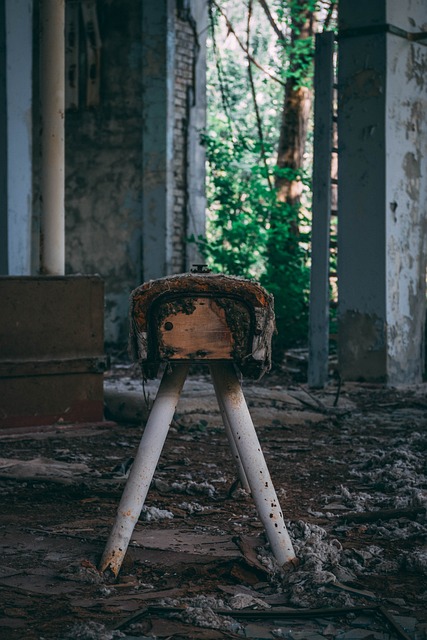The Texas Hill Country faces unique challenges in disaster reconstruction due to its hilly terrain, diverse ecosystems, remoteness, and variable weather. Following fires or flooding events, specialized contractors are crucial for efficient drywall and flooring replacement using durable materials suited to the region's harsh conditions. The process begins with a thorough assessment, followed by safe removal of damaged materials and preparation of surfaces. Choosing fire-resistant and water-resistant materials accelerates rebuilding efforts and enhances safety, speeding recovery in this resilient region.
In the aftermath of a fire or flood in the Texas Hill Country, efficient reconstruction is paramount. This challenging landscape demands tailored approaches to rebuilding, focusing on durable materials and expert craftsmanship. This article guides homeowners through the intricacies of drywall and flooring replacement post-disaster, offering essential steps for swift recovery. Discover the best practices and resilient materials that ensure lasting restoration, transforming damage into vibrant living spaces once more.
- Understanding the Challenges of Reconstruction in Texas Hill Country
- Essential Steps for Efficient Drywall and Flooring Replacement
- Choosing Resilient Materials for Lasting Restoration
Understanding the Challenges of Reconstruction in Texas Hill Country

The Texas Hill Country, renowned for its picturesque landscapes and vibrant communities, faces unique challenges when it comes to disaster reconstruction, especially after devastating fires or flooding events. This region, characterized by hilly terrain and diverse ecosystems, presents logistical hurdles that require specialized knowledge and resources for effective rebuilding. The remoteness of many Hill Country towns and the varied weather conditions contribute to the complexity of restoration efforts.
When a fire or flood strikes, the damage can be extensive, leaving homes and businesses in need of complete drywall and flooring replacement. Local contractors specializing in these reconstruction tasks must consider the region’s specific needs, including the use of durable materials that can withstand harsh weather and potential future disasters. In addition, preserving the area’s cultural heritage and architectural integrity while ensuring compliance with modern safety standards is a delicate balance that requires careful planning and expertise.
Essential Steps for Efficient Drywall and Flooring Replacement

When rebuilding after a fire or flood in the Texas Hill Country, efficient drywall and flooring replacement is crucial for swift recovery. The first step involves assessing the extent of damage to both structures and contents. This includes identifying water intrusion points, determining structural integrity, and evaluating smoke and mold damage. Professionals equipped with advanced moisture meters and inspection tools are best suited for this task.
Once assessed, the next essential steps include removing damaged materials safely and meticulously. Drywall and flooring must be taken out in a way that prevents further contamination from mold or debris. After removal, prepare the surface by cleaning and repairing any structural elements. This lays the foundation for successful installation of new drywall and flooring, ensuring durability and long-lasting protection against future disasters in this resilient Texas region.
Choosing Resilient Materials for Lasting Restoration

When embarking on rebuilding efforts after a disaster like a fire or flood in the Texas Hill Country, selecting durable and resilient materials for drywall and flooring replacements is paramount. Traditional building materials may not be equipped to withstand future extreme weather events, so choosing long-lasting alternatives can significantly impact the longevity of your restoration efforts.
For example, opt for fire-resistant drywall that can stand up to intense heat, reducing the risk of future damage from flames. Similarly, water-resistant flooring options are essential during flood recovery, ensuring your home is better protected against moisture intrusion. These smart choices not only expedite the rebuilding process but also contribute to a safer and more secure living environment in the heart of Texas.
When rebuilding after a fire or flood in the Texas Hill Country, choosing the right materials and efficient processes is key. By understanding the challenges specific to this region and implementing best practices, such as prioritizing resilient drywall and flooring, you can ensure faster recovery times for affected properties. Investing in durable materials not only protects against future disasters but also contributes to a more sustainable and safe community.
